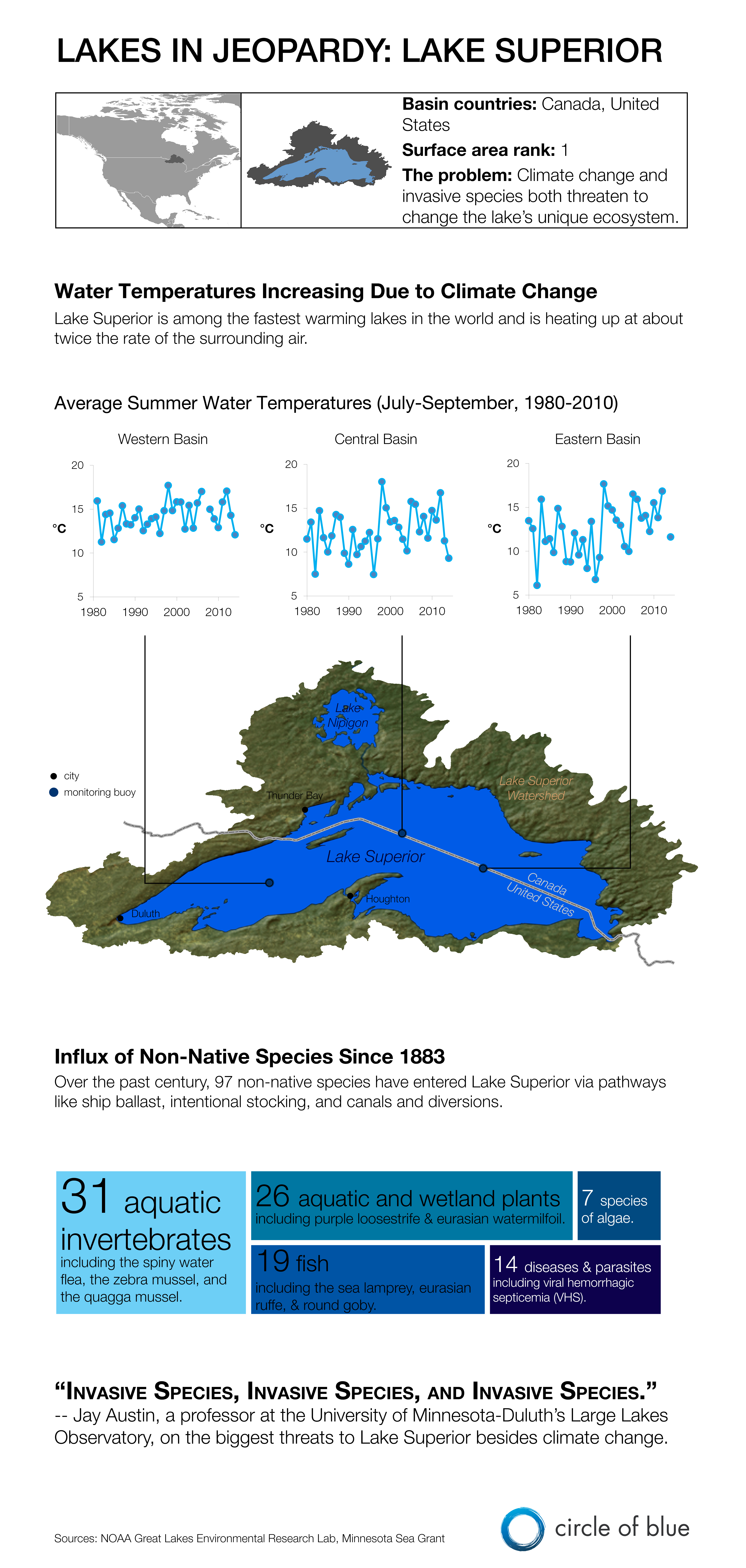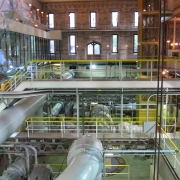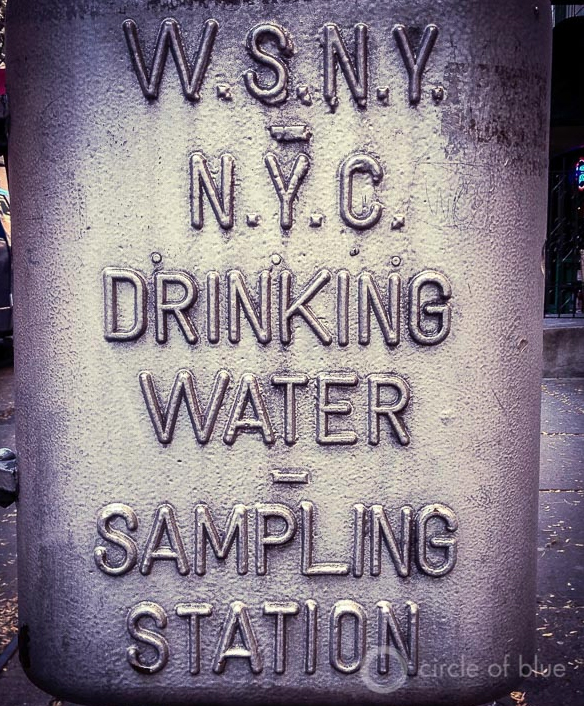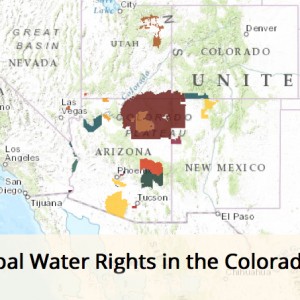Infographic: Lake Superior Pressured by Climate Change and Invasive Species
Warming water temperatures and destructive, non-native species threaten the world’s largest lake.
Lake Superior is the largest lake in the world by surface area, and it is the largest of North America’s Laurentian Great Lakes, which hold approximately 20 percent of the world’s surface fresh water. Superior, located on the border between Canada and the United States, is also one of the world’s fastest warming lakes.
Between 1979 and 2006, surface water temperatures in the lake increased 2.5 degrees Celsius (4.5 degrees Fahrenheit), warming much faster than the surrounding air, according to a 2007 study by researchers at the University of Minnesota-Duluth’s Large Lakes Observatory. The reason, the study found, was declining winter ice cover, which has been highly variable in the past several years.
The graphs below show changes in water temperature at monitoring buoys in the western, central, and eastern basins of Lake Superior. Dots on the map represent the actual location of these monitoring buoys.
In addition, nearly 100 non-native species have been found in Lake Superior since the end of the 19th century. Some of these species, such as the sea lamprey, became invasive. The lampreys decimated native populations of Great Lakes fish that underpinned the regional commercial fishery. The areas of the boxes depicting categories of non-native species in the graphic below correspond to each category’s relative share of the non-native species population.

This graphic is the fourth in a five-week series documenting threats to the world’s largest lakes. The first graphic detailed declining water levels in Lake Urmia, the second explained pollution in Lake Baikal, and the third described hydropower and agricultural development in Lake Turkana. Click here to read Circle of Blue’s report about endangered lakes and here to view an interactive map of threats to the 20 largest lakes in the world.
Crystal Edmunds and Codi Kozacek contributed to this infographic. Reach Crystal Edmunds at ce301005@ohio.edu and contact Codi Yeager; or tweet to @ce301005 and @CodiKozacek.
is both a scientist and a journalist, she holds an MS in Environmental Engineering from Michigan Technological University, and she brings proficiency in ESRI’s ArcGIS mapping software.








Leave a Reply
Want to join the discussion?Feel free to contribute!